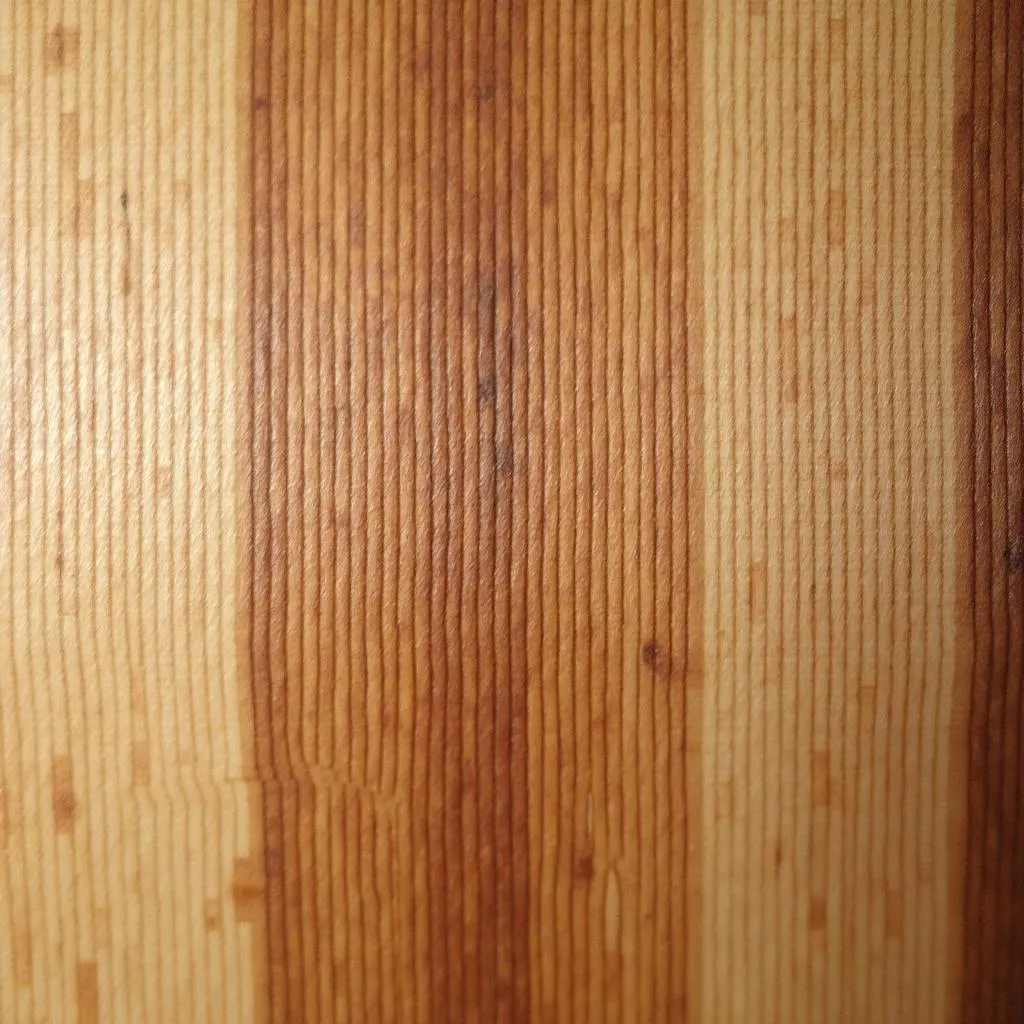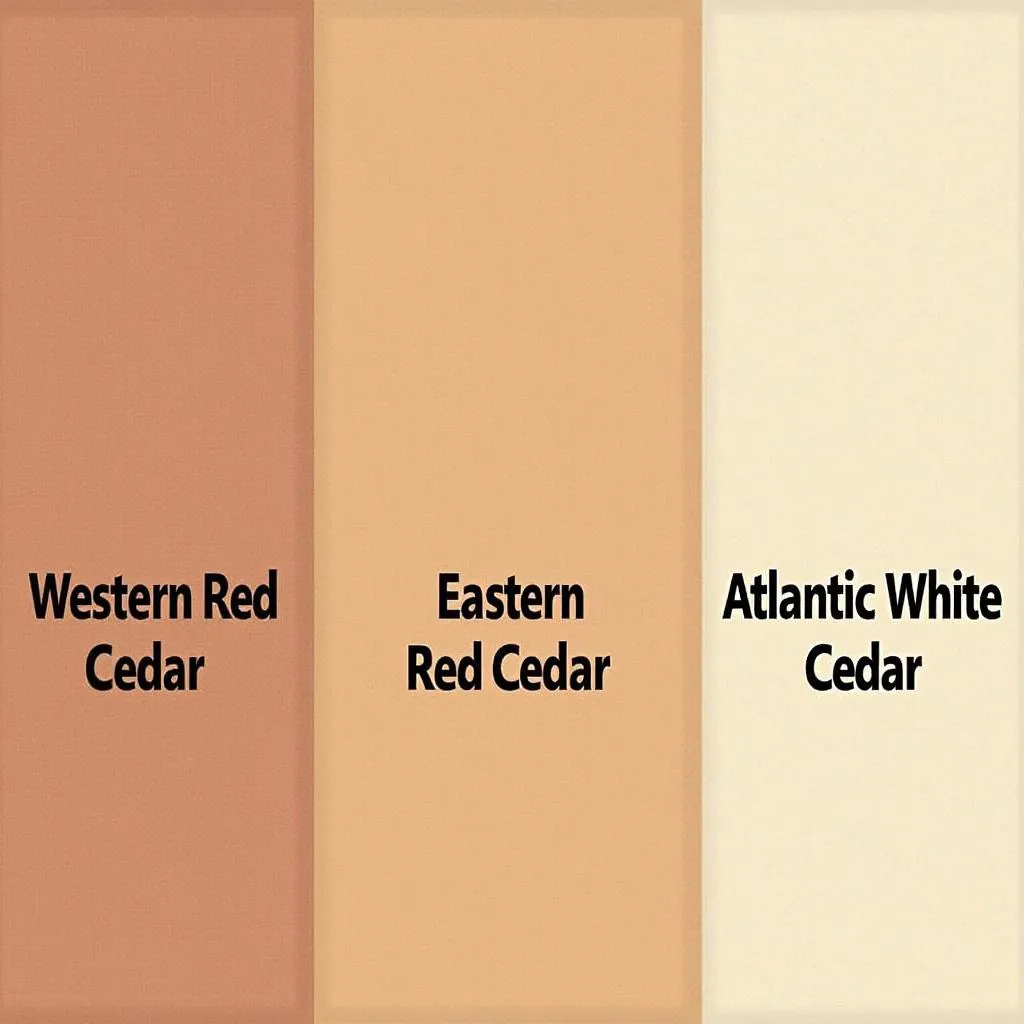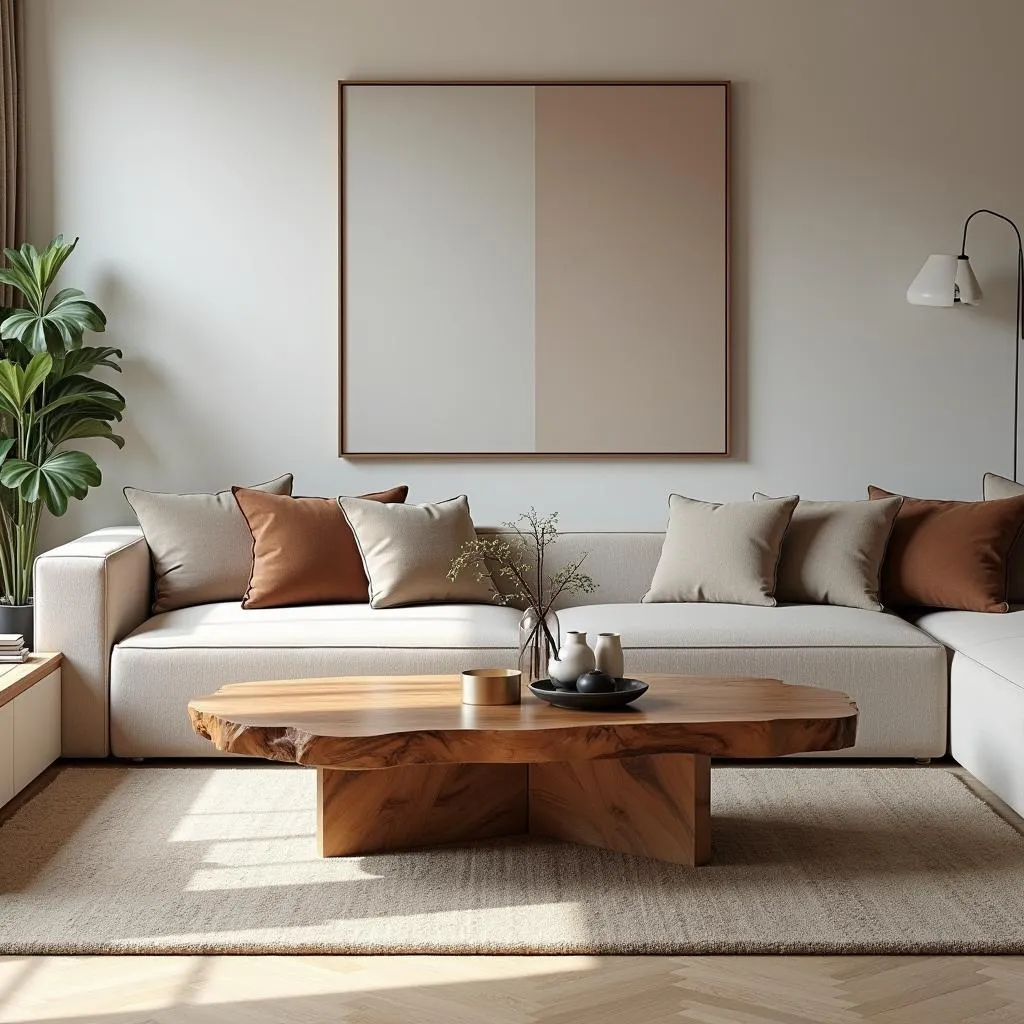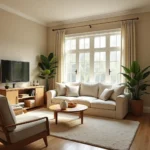Cedar wood is renowned for its warm, inviting hues and captivating aroma. But did you know that the color of cedar wood is not one-dimensional? It’s a spectrum of rich tones that vary depending on the species, age, and finishing treatments.
Whether you’re considering cedar for your next building project, looking to incorporate cedar furniture into your home décor, or simply curious about this versatile wood, understanding the nuances of its color can help you make informed choices that complement your aesthetic vision.
Exploring the Spectrum: From Light Sapswood to Dark Heartwood
Cedar wood showcases a stunning range of colors, generally categorized into two main types:
- Sapwood: The outer, lighter-colored wood closer to the bark, typically ranging from a pale yellow to a creamy white.
- Heartwood: The inner, darker wood that forms the core of the tree, boasting richer tones that deepen with age. Think warm browns, reddish hues, and even purplish undertones.
 Cedar Wood Grain Close Up
Cedar Wood Grain Close Up
Decoding the Color Variations in Different Cedar Species:
Different species of cedar trees offer unique color profiles. Let’s delve into some popular varieties:
- Western Red Cedar: This popular choice often displays a reddish-brown heartwood with hints of purple, while the sapwood leans towards a pale yellow.
- Eastern Red Cedar: Known for its aromatic qualities, it presents a reddish-brown to purplish-brown heartwood, often with a distinct purplish cast.
- Atlantic White Cedar: As the name suggests, it features a lighter, pale brown heartwood. However, it can sometimes exhibit a slightly reddish hue.
 Different Cedar Wood Species Comparison
Different Cedar Wood Species Comparison
Factors Influencing Cedar Wood Color:
Beyond species, several factors can influence the final color of cedar wood:
- Age: As cedar ages, its heartwood tends to darken, developing richer, more pronounced tones.
- Sunlight Exposure: Prolonged exposure to sunlight can cause cedar to weather and acquire a silvery-gray patina, particularly noticeable in outdoor applications.
- Finishing Treatments: Oils, stains, and sealants can enhance or alter the natural color of cedar, providing a customized look.
Harnessing the Beauty of Cedar Wood Color in Design:
Cedar’s versatility extends to various design styles.
- Rustic Charm: The warm, earthy tones of cedar effortlessly complement rustic décor, adding a touch of nature’s elegance.
- Modern Minimalism: The clean lines and natural beauty of cedar can also shine in contemporary settings, creating a sense of warmth and sophistication.
- Outdoor Serenity: Cedar’s natural resistance to decay and insects make it ideal for outdoor furniture and structures, where its weathered patina can add character and charm.
 Cedar Wood Furniture in Modern Living Room
Cedar Wood Furniture in Modern Living Room
Conclusion: Embracing the Timeless Appeal of Cedar Wood
From its distinctive grain patterns to its captivating aroma and spectrum of warm, inviting hues, cedar wood offers a timeless appeal that transcends design trends. Whether you’re drawn to its rich reddish-brown tones or its lighter, more subtle shades, understanding the nuances of cedar wood color empowers you to make choices that reflect your personal style and enhance the beauty of your surroundings.

